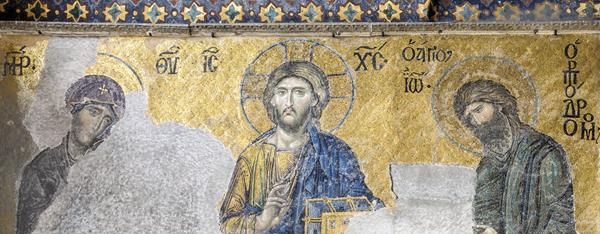
Hagia Sophia, a UNESCO World Heritage Site since 1985, is starting a new chapter of its history, as a mosque. Again.
For almost a millennium—from its foundation by Emperor Justinian, in 537 C.E., until the fall of Constantinople in the hands of the Ottoman Turks, in 1453—Hagia Sophia, or the Church of the Divine Wisdom, was the principal cathedral of Eastern Orthodox Christendom. After the Ottoman conquest, this majestic edifice was converted into the central mosque of the new Islamic empire. Following the First World War, the Ottoman Empire disintegrated, and the Republic of Turkey emerged, with the glorious city on the Bosporus as its capital.

In 1934, the first Turkish president, Mustafa Kemal Atatürk, who introduced progressive reforms and is credited with the modernization of the country, established the Hagia Sophia as a museum—a secular historic site—acknowledging both its Christian and Muslim histories. However, after 86 years, the current president, Recep Tayyip Erdogan, signed a decree on July 10, 2020, to revert the museum to a mosque. This move has been protested around the globe by numerous cultural heritage professionals and institutions, including the International Association of Byzantine Studies and the UN.
Primarily a place of Muslim worship, the Hagia Sophia is now being governed by the Turkish Directorate of Religious Affairs. And although it remains open to non-Muslims (under certain rules), some visible changes have already been implemented: the Christian mosaics (including this iconic 13th-century image of Jesus Christ in Majesty, with Virgin Mary and John the Baptist), which were plastered over under the Ottomans and uncovered in the 1930s during the restoration by the Byzantine Institute of America, are now hiding behind curtains.

